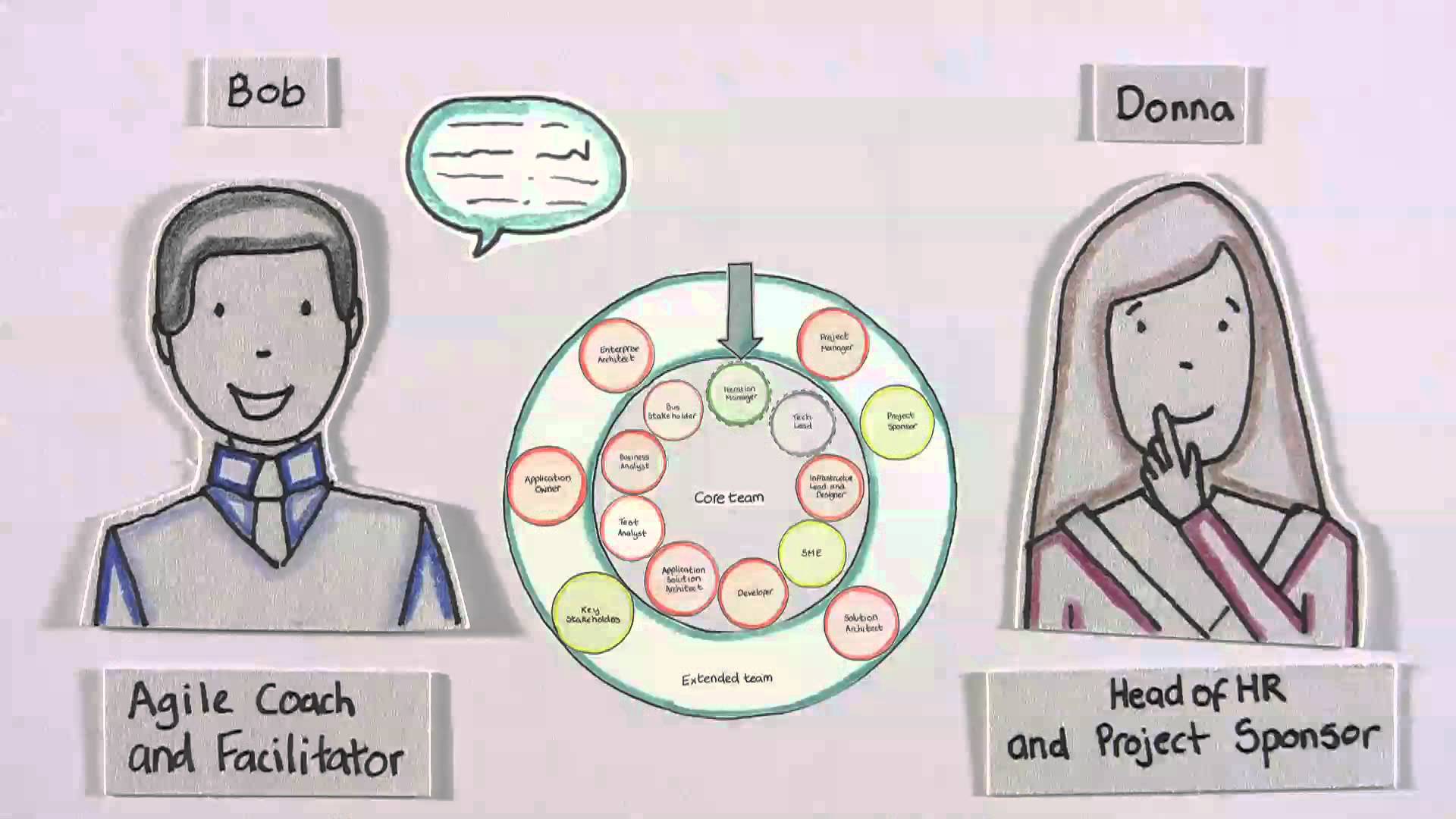Articles and videos on creating and managing cross-functional Scrum teams: scrum master, product owner and development team.
In this article, Elton Gao starts by giving us the definition of a good ScrumMaster: someone who knows Scrum well. He or she understands the do’s and don’ts and is familiar with related artifacts and tools. He or she knows how to run a daily Scrum, a planning/review/retrospective meeting and how to take advantages of related tools and so on. But is this enough?
Should you track individual performances in Scrum and how do you do it? Nanda Vivek says that there is only one answer and this is “No”. Measuring individual productivity is against the spirit of Scrum and the article discusses the importance of being helpful and collaborative in teams. The author however does not give guideline on how to deal in this case with the individual review that is a common practice in many large organizations.
This article focuses on the obstacles to using Agile in a distributed team environment and recommends how to counter them with what is called “de-Agile.” De-Agile is tailoring Agile to fit your team by taking out processes that don’t make sense and tweaking those that need to be modified to suit your needs. In a distributed team environment, de-Agile is mostly about removing the sense of being distributed. You need to educate each team member about the additional communication responsibilities required when working with remote team members and emphasize the importance of being open and available.
When properly implemented, the Scrum framework enforces simple constraints that lead a team to self-organize into a state that achieves 5 to 10 times performance improvement versus traditional approaches. However, the majority of Scrum teams is unable achieve this objective.
This short video looks at some of the roles played in an Agile Team with a particular focus on Project Manager and Iteration Manager.
How do you know if you are developing and maturing as a team? How do you know you are getting good at this agile stuff? Typically agile talks about the soft side of things with a focus on the less tangible aspects such as individuals and interactions. Are there things that teams can tangibly work towards and measure their progress against? This video presents metrics that will help you assess the agile maturity of your team.
This article presents the changes needed to create collaborative agile teams. It explains that you need to modify in your traditional project management team both the process, the way people get work done, and how people work together.





